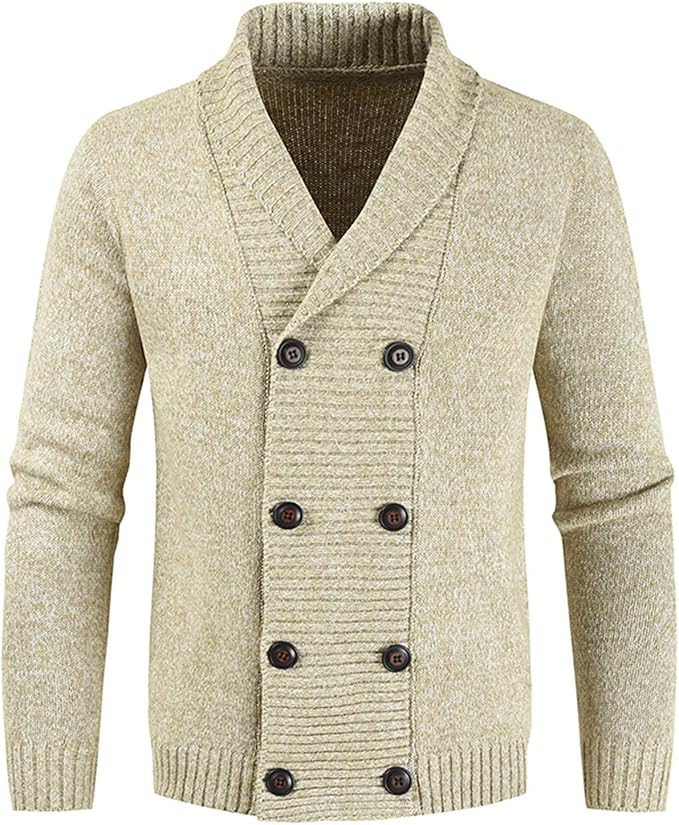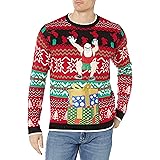As the winter chill sets in, the need for warm and cozy sweaters becomes paramount. However, not all sweater fabrics are created equal. When it comes to selecting the best materials for cold climates, several factors such as warmth, breathability, durability, and comfort come into play. This article explores the top fabrics for sweaters and offers insights into what to look for when shopping for the perfect cold-weather apparel.
Understanding the Importance of Fabric in Cold Weather
The fabric of a sweater plays a crucial role in its performance during cold weather. The right material can provide insulation, wick moisture, and even resist wind. Understanding these properties helps consumers make informed choices, ensuring they stay warm without sacrificing style or comfort.
Key Properties to Consider

When evaluating fabrics for cold climates, consider the following properties:
- Insulation: The ability of a fabric to trap air and retain heat.
- Moisture-wicking: The capability to pull moisture away from the skin, keeping you dry.
- Breathability: The capacity of the material to allow air circulation, preventing overheating.
- Durability: The longevity of the fabric, especially in harsh conditions.
- Softness: The comfort level against the skin, crucial for wearability.
Top Fabrics for Sweaters in Cold Climates

1. Wool
Wool is often hailed as the gold standard for cold weather clothing, particularly for sweaters. Its natural properties make it an excellent choice for insulation.
- Types of Wool: Merino wool is known for its softness and breathability, while lambswool and cashmere provide luxurious warmth.
- Moisture Management: Wool can absorb up to 30% of its weight in moisture while still feeling dry to the touch, making it ideal for fluctuating temperatures.
For example, a study by the Woolmark Company found that wool garments can regulate body temperature and wick moisture away, keeping the wearer comfortable in various conditions.
2. Cashmere
![]()
Cashmere is a luxurious type of wool that comes from the cashmere goat. It is softer and warmer than regular wool, making it a high-end choice for sweaters.
- Warmth-to-Weight Ratio: Cashmere provides exceptional warmth without adding bulk, making it easy to layer.
- Breathability: Despite its warmth, cashmere remains breathable, preventing overheating during active use.
However, cashmere requires special care to maintain its quality, and it is often more expensive than other fabrics.
3. Alpaca
Alpaca wool is another excellent alternative to traditional sheep’s wool. It is known for its softness, warmth, and hypoallergenic properties.
- Lightweight: Alpaca sweaters are lighter than their wool counterparts but still provide superior insulation.
- Durability: Alpaca fibers are stronger and more resilient than sheep’s wool, making garments last longer.
Many consumers appreciate alpaca for its ethical sourcing, as it is often produced in sustainable farming practices.
4. Synthetic Fabrics

While natural fibers are often favored for their warmth and breathability, synthetic fabrics like acrylic, polyester, and nylon are also popular for sweaters.
- Cost-Effective: Synthetic fibers are generally cheaper than natural options, making them accessible to a broader audience.
- Moisture-Wicking: Many synthetic fabrics are designed to wick moisture effectively, making them suitable for active wearers.
However, while they provide warmth, they may lack the breathability and comfort of natural fibers. For instance, a study by the Textile Research Journal found that polyester retains heat but can also lead to increased perspiration if not designed correctly.
5. Cotton

Cotton is a common fabric for sweaters, but it may not always be the best choice for extreme cold. However, it has its place in layering.
- Softness: Cotton is soft against the skin and provides comfort for casual wear.
- Breathability: It is breathable, making it suitable for milder winter days or as a base layer.
When choosing cotton sweaters, look for blends that include wool or synthetic fibers for added warmth.
What to Look for When Buying a Sweater for Cold Climates
When shopping for a sweater to keep you warm during cold weather, consider the following tips:
- Material Composition: Check the fabric blend. A combination of wool and synthetic fibers often results in better performance.
- Fit: Opt for a snug fit that traps heat but allows for layering. Avoid overly tight options that may restrict movement.
- Thickness: Look for thicker knits and fabrics, which generally provide better insulation.
- Brand Reputation: Research brands known for their quality cold-weather apparel, as they often use better materials and manufacturing processes.
- Care Instructions: Consider how much maintenance you’re willing to commit to. Some materials require more care than others.
Case Studies and Consumer Insights

Several consumer surveys have indicated that most buyers prioritize warmth and comfort when selecting winter sweaters. For example, a survey conducted by the National Retail Federation found that 65% of respondents listed warmth as their primary concern when buying winter apparel.
Additionally, brands like Patagonia and North Face have gained popularity for their commitment to using sustainable materials while providing high-performance winter wear. Their success demonstrates that consumers are willing to invest in higher-quality, ethically produced garments.
Choosing the right fabric for sweaters in cold climates is crucial for comfort and warmth during winter months. Wool, cashmere, alpaca, synthetic fabrics, and cotton each offer unique benefits and drawbacks. By understanding the properties of these materials and considering factors such as fit, thickness, and care requirements, consumers can make informed choices that enhance their winter wardrobe.
Ultimately, investing in high-quality fabrics not only ensures warmth but also contributes to a more sustainable fashion industry. As you prepare for the cold, remember that the right sweater can make all the difference in your comfort and style.





